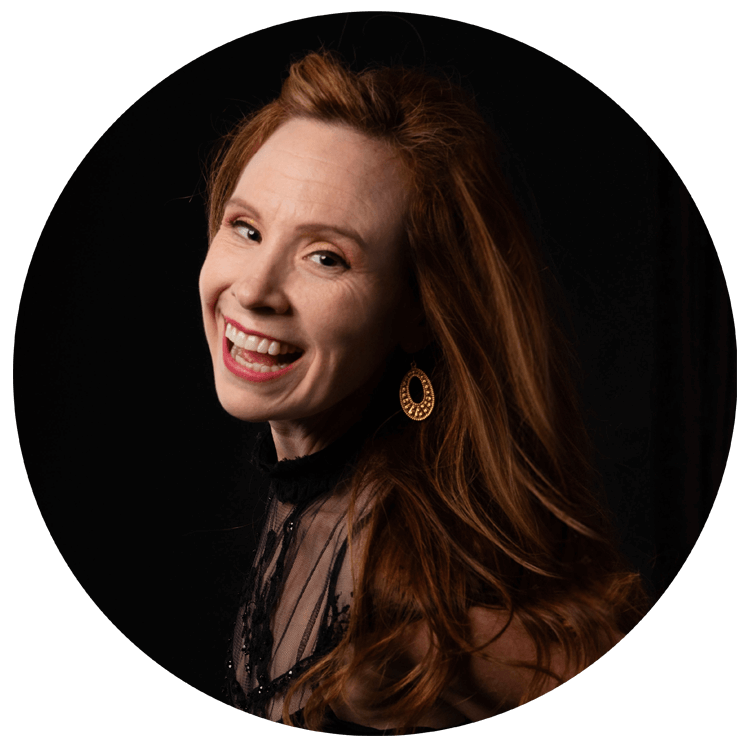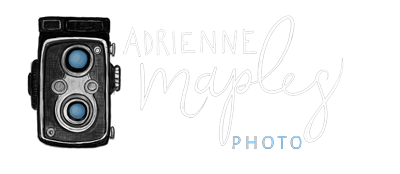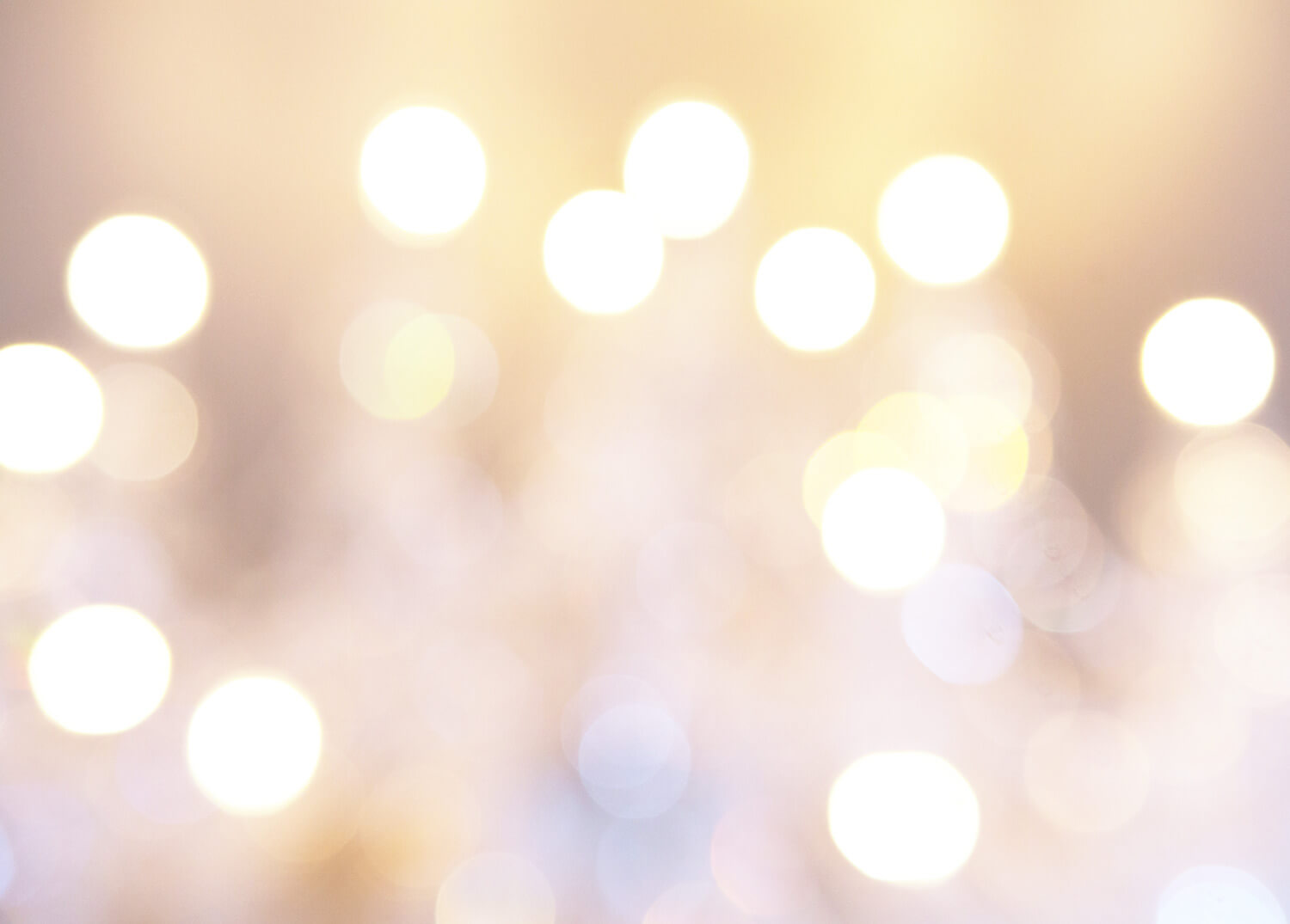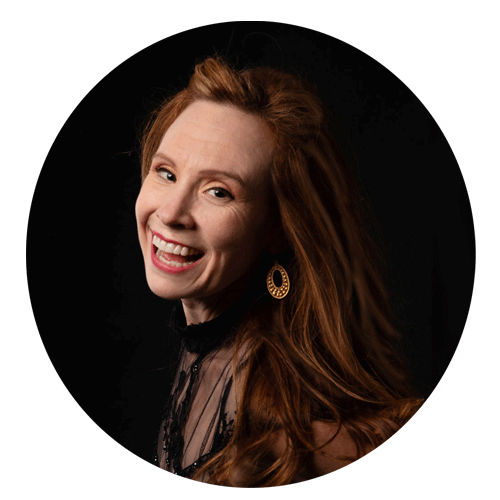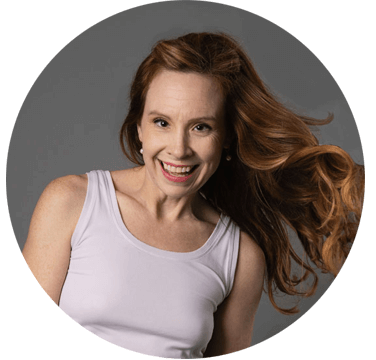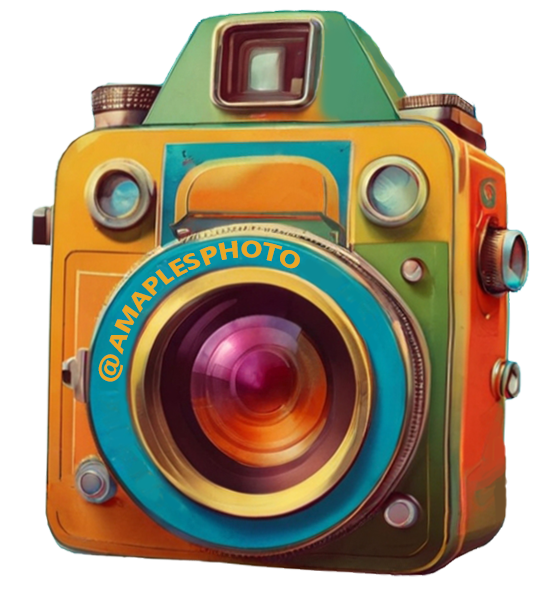Mastering aperture in photography is THE most powerful tool your camera provides. Transforming your photographs from ordinary to extraordinary by controlling this critical element of your lens. By understanding and mastering this fundamental aspect, you’ll create stunning images to accurately capture your artistic vision.
The Basics of Aperture (also known as f-stops)
Simply put, the aperture refers to the size of the opening on your lens. With an SLR camera you have access to a wide range of f-stops which will control the amount of light hitting your *film plane. (It’s now the digital sensor but the principles of film still apply.)
The LARGER the hole, the MORE light hitting your sensor. (f2.8)
The SMALLER the hole the LESS light hitting your sensor. (f 22)
Yes, the numbers are backwards… the higher the number = the smaller the opening. I’ll include a graphic for reference.
.jpg)
In photography, Aperture Controls your Depth of Field
Shallow Depth of Field = LARGE hole, think f2.8
Create a shallow depth of field by using a wide aperture. This will create a beautiful blurry background, also called bokeh. Interesting bokeh shapes occur when shooting lights or reflective surfaces. This adds a fun, artistic element to your photos.
Shallow depth of field is particularly effective for isolating subjects from a distracting background as well as close-up photography to highlighting specific details.
.jpg)
Conversely, using a narrow aperture like f 16 increases the depth of field, keeping more of the scene in focus. Think landscape photography when you want sharpness from foreground to background or architectural shots of intricate details.
Pro Tip: Remember that distance is vital in affecting your depth of field. The space between you and your subject, as well as the distance from the subject to the background, will either increase or decrease depth of field depending on your position.
Practical Considerations
Remember that aperture is part of the exposure triangle, along with shutter speed and ISO. In low-light conditions, a wider (f 2.8) aperture allows you to use faster shutter speeds, reducing the risk of camera shake. (Photography slang for a lens with a wide aperture is called a ‘fast lens’. These come with a much higher price tag.)
By mastering your aperture, you’ll achieve complete control over your images. Compose brilliant, intentional compositions by layering elements throughout your depth of field. Practice makes perfect! Play with different apertures to explore how this enhances your photographic style and brings your creative vision to life.
Still lost? Learn more about your photography lessons! We offer photography classes customized to your experience. Sign up now.
EXPERIMENT
- Place an interesting object on a table.
- Make sure your object has plenty of window light directly hitting the surface.
- Place your camera on a tripod between the window & your object. (This is so your position is fixed throughout the experiment.)
- Put your camera in Aperture Priority Mode.
- Adjust your ISO manually set between 400-1000. (Take the camera OUT of auto ISO mode.)
- Manually focus on the closest point of your object. Test f-stops beginning with the smallest number.
- Look at your results and ask the following questions.
How did your exposure change as your f-stops increased? Notice what was in focus vs. out of focus as you adjusted your aperture? Share what you learning in our community forum & get a chance a FREE photo lesson!
.png)
Need gear? Check out my list on Amazon to get started.
